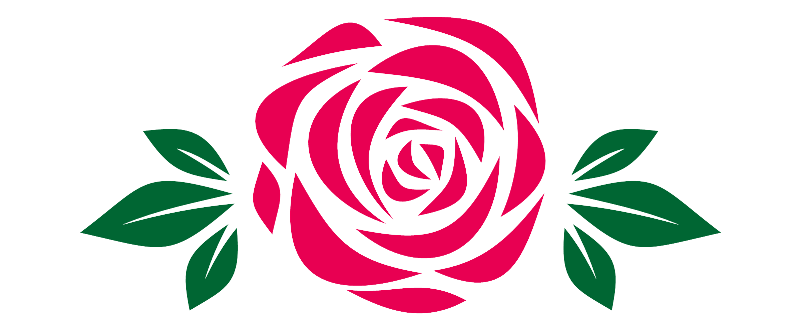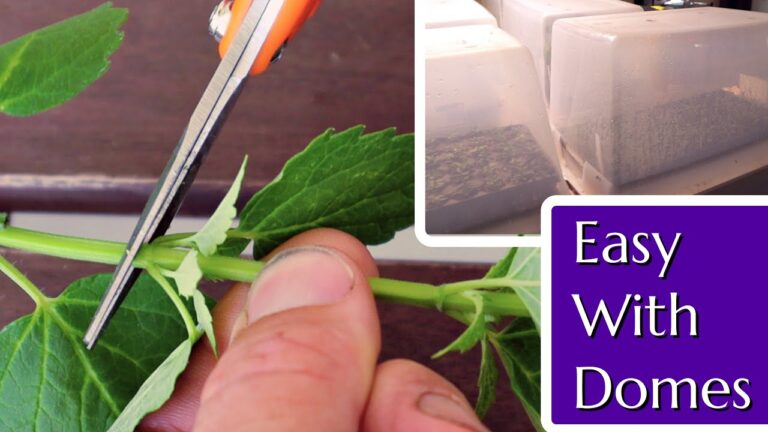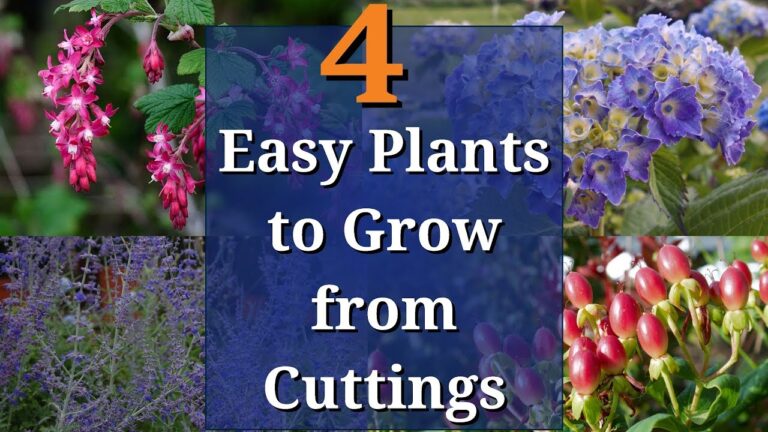The Fraser Valley is a Great Place to Grow Roses
Our coastal climate provides comparatively mild winters compared to the rest of Canada. Plentiful soil moisture in spring offers newly planted roses a solid start. The long bright days of summer encourage strong and repeated blooming. Individual garden sites will vary, but in general the Fraser River has built up a deep rich soil, and ample rainfall ensures the slightly acidic pH balance that roses favor.
Roses are high performance plants that produce flowers over a longer period than most garden shrubs. They’re highly esteemed for their wide range of colors, flower forms and especially fragrance. Roses are also excellent for supporting pollinators and wildlife. If you choose the right rose for our climate, and offer good basic conditions in your garden, they’re tough and resilient plants.
But Which Are the Right Roses for the Fraser Valley?
Those aforementioned cool, wet springs can be challenging for some varieties. Look at the very rounded form of ‘Eden’ – gorgeous and very worthwhile to grow, but in wet weather the blooms can “ball” and have difficulty opening.
Other roses are susceptible to blackspot – a foliar disease that persists in wetter climates. When selecting a rose for our region, it’s a good idea to check your selections for their blackspot resistance.
Let me introduce you to a free resource for both beginner and expert rose gardeners, HelpMeFind. If you click on the preceding link, it’ll bring you to a search page on the site where you can find more specific growing information about any roses you’re considering. It’s like Wikipedia for roses. Here’s an example of a profile from the site:
Note in bottom section: “susceptible to blackspot”. This doesn’t mean you should necessarily avoid the rose, but at least you’ll be starting off with a good idea of what you’re facing.
In that same section the site usually lists a USDA hardiness zone for the rose. Much of the Fraser Valley would be covered by USDA zone 8, so just about all roses are well rated to overwinter in the ground here. When choosing a rose for containers, it’s safer to select something with a couple of “extra” zones of cold hardiness (rated to zone 6 or 7) – as potted plants are more exposed and vulnerable.
One of the best ways to make sure you’re choosing a suitable rose for our climate is to see specimens of the varieties growing in a garden setting. The lower mainland is home to several excellent public rose gardens you can visit, including the following:
Rose Garden at Dogwood Pavilion 624 Poirier St, Coquitlam
Centennial Rose Garden Burnaby Mountain Park 100 Centennial Way, Burnaby
Queen Elizabeth Park 5175 Kersland Dr, Vancouver
Stanley Park Rose Garden 610 Pipeline Rd, Vancouver
UBC Rose Garden 6301 Crescent Rd, Vancouver
VanDusen Botanical Garden 5251 Oak St, Vancouver
Of course, we’d love to have you out for a visit to our rose farm just east of Mission. Located on beautiful Nicomen Island, we grow over 300 varieties of roses in our landscape and offer many of the same varieties for sale. There’s nothing like seeing a rose grown to full size in the landscape to help you decide what you’d like to have in your garden!
For more general information on varieties of roses and how to select them, here are a few links to YouTube videos I’ve made on those topics:
Types of Roses: A beginner’s Guide to Rose Varieties
The Difference Between Hybrid Tea and Floribunda Roses
The Difference Between Climbing and Rambling Roses
Where and How to Plant
For best performance, roses prefer a spot with plenty of sun: six hours or more per day during summer. A location with this much sun may sound challenging, but at our latitude, the longest days of summer can top sixteen hours total, so you don’t need a completely open location. In fact, a little bit of high dappled shade or some shelter from the hot late-afternoon sun can reduce heat stress during the warmest stretches of summer. Some roses, especially ramblers (like ‘Vielchenblau’ pictured here) and hybrid musks can tolerate a more shaded location:
Roses are adaptable to any reasonable garden soil but give special attention to drainage. Standing water over winter will damage roots and can even kill the plant. When I say any “reasonable” garden soil, assess for the basics: rocky, compacted soil or impenetrable clay may need some correction, but if your garden already supports a veggie garden, perennials or other shrubs, it’s likely your roses will do fine too.
When you’re researching the mature size of the rose, this will help you plan spacing in the garden. Give them at least their mature width between and another 12”/30cm for air circulation.
Keep the planting process simple: dig a hole not much larger than the potted or bare root rose, firm the plant in place and backfill the native soil to around the level of the crown of the plant (pictured). Don’t add manure or fertilizer to the planting hole – amendments are more safely applied after the rose has settled in. Water regularly until established.
Good advice on rose pruning should really begin with a question: why? Why should you bother cutting at all? What would happen if you didn’t prune your roses?
- The shrub might get taller than you’d like. You want blooms at a height where you’ll enjoy them
- Left to their own training, they may take on an unattractive or uneven shape. They can also invade the space of another plant or intrude on a pathway
- Dead, damaged, diseased & crossing stems will persist on the shrub, doing no one any good
- The shrub may become a bit congested with older stems, preventing proper air movement and sunlight from reaching the center of the shrub
By the way, these are the very same reasons you’d consider pruning any tree or shrub: Size. Shape. Health. Thinning.
And when you prune for those 4 reasons, you’ll often spur on vigorous new basal growth for stronger stems and flowering.
If your rose is younger, and still needs time to establish – skip it. Likewise, if your established rose is a pleasing size/shape, and overall healthy you can get away with minimal pruning. I usually pick an older stem or two from the base for removal anyway, just to encourage fresh growth, but it’s totally optional. I want to include a video here that shows how I tackle this in real life – first with a rough cut for size and shape, then with the finer work down low on the shrub to thin and remove old and damaged stems
I don’t get hung up on rules for pruning, but here in the Fraser Valley it’s usually safest to wait until late winter or early spring for any major pruning. The rule of thumb is to watch for Forsythia (pictured) or other early-flowering shrubs to bloom before picking up the pruners. On average, that happens here in late February to mid-March.
Overwintering
Our Fraser Valley winters are generally mild and wet, but are punctuated by some cold arctic “outflow” systems that can push temperatures down into the range of -15C. Believe it or not, we may just lose more roses locally to the “mild and wet” than to the more extreme stretches. A vigorous and well grown rose in the ground can withstand a snap of deep cold – but long periods of rain can result in standing water, and dormant roses with their roots submerged rarely survive.
Preventing damage to roses comes down to preparation:
Make doubly sure that your roses are sited in a well-drained area of the garden. Monitor throughout the wet season to make sure the soil around roses doesn’t become waterlogged. Likewise, pay attention to the position of your potted roses to make sure they’re not catching a stream of runoff from the eaves of your roof.
Roses will withstand the cold better if they’ve had a chance to harden off from the growing season. Refrain from fertilizing and pruning from September onward.
If your roses are selected for hardiness to our climate, they should require no additional protection – but roses in containers are particularly vulnerable. Tuck them into a location sheltered from the wind and excess moisture (against the house or a fence can help). If the forecast warns of extreme cold, you can also tuck them into a garage or similar unheated indoor space just for the duration of the arctic weather, returning them outdoors when the risk has passed.
Enjoy…
Roses are such a beloved garden plant that there’s no shortage of opinions or even “rules” about how they should be grown. You may visit formal rose gardens with rigid geometric beds and strict pruning, but that’s not the only way to enjoy the hobby. I myself prefer a more relaxed approach. Roses fit in and associate well with other garden shrubs, perennials and even in mixed plantings with vegetable and fruiting plants. The above guidelines are enough to introduce you to the basics of rose care, but there’s plenty of room for you to experiment with how to enjoy roses in your own garden.If you need any information or inspiration, we’re happy to help. The best way to reach me (Jason) is on YouTube. I answer comments and questions there regularly. For more general inquiries about ordering plants or visiting the farm you’ll be able to reach my wife Lisa through the website: www.fraservalleyrosefarm.com



